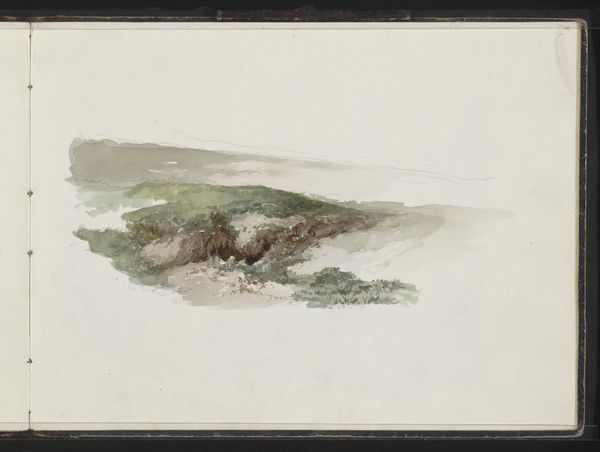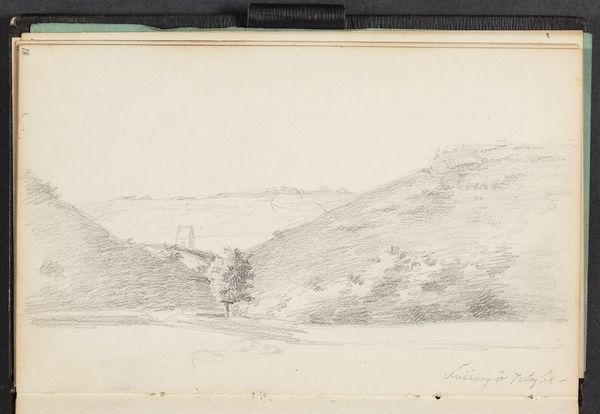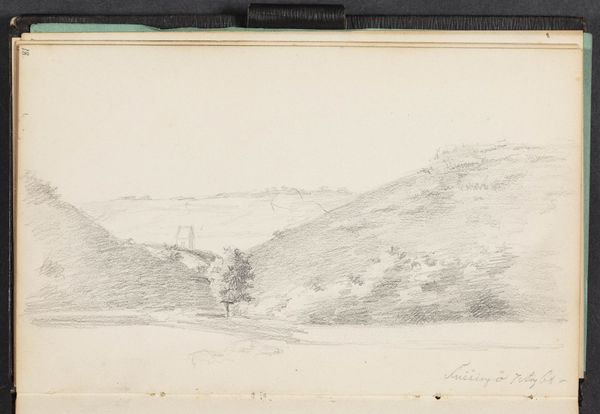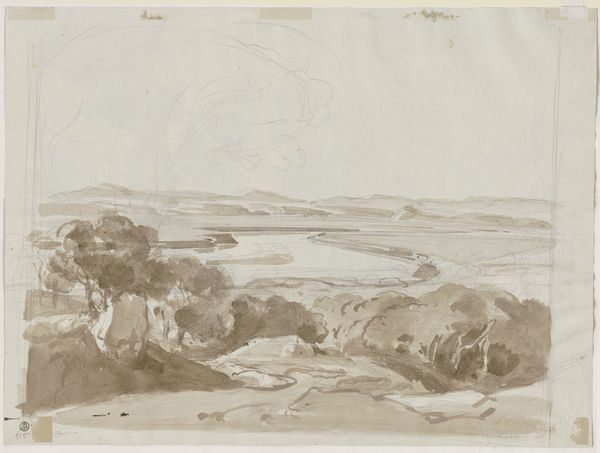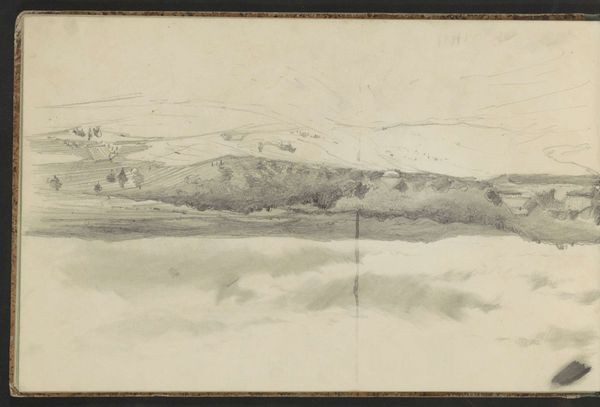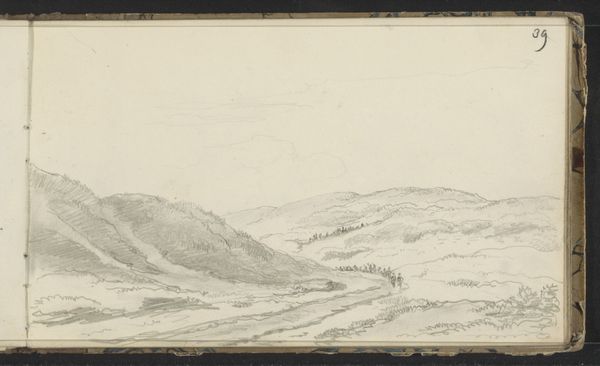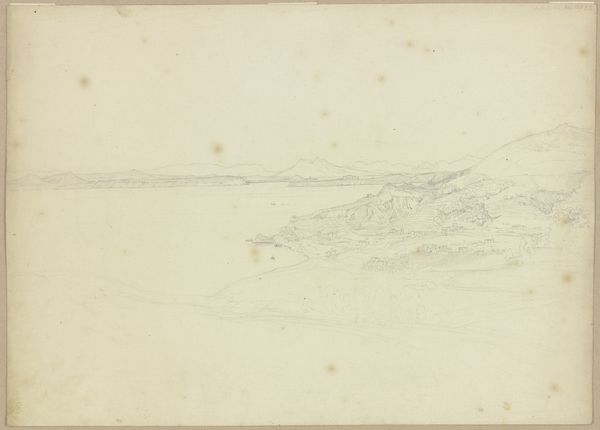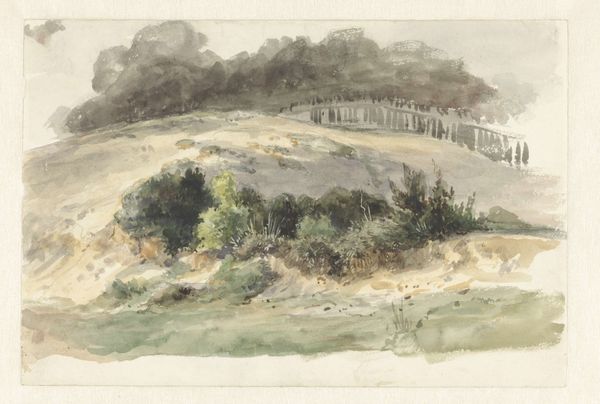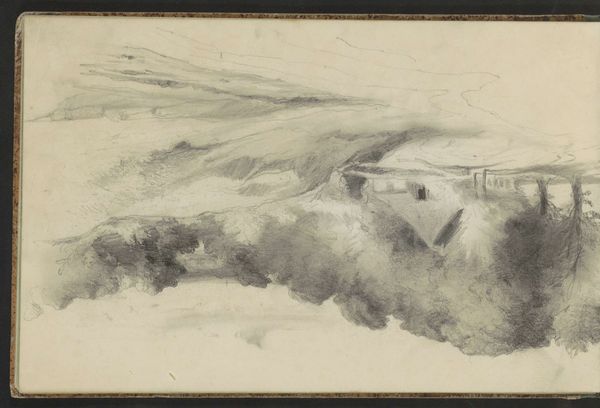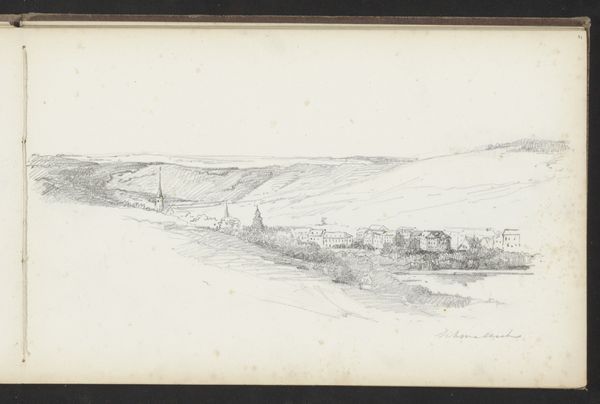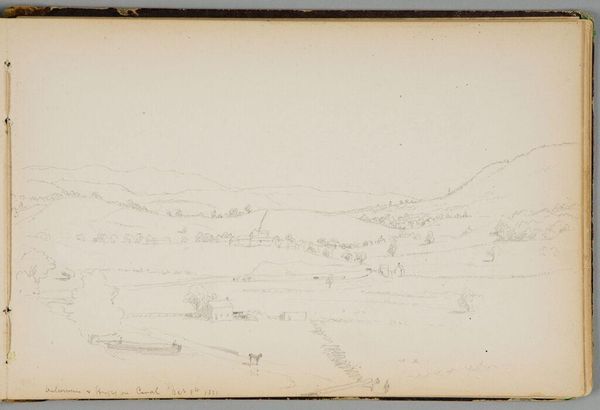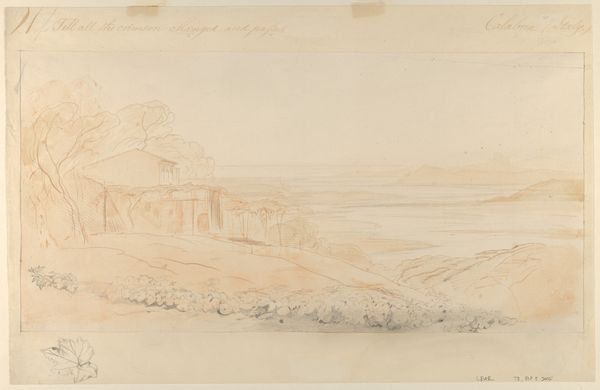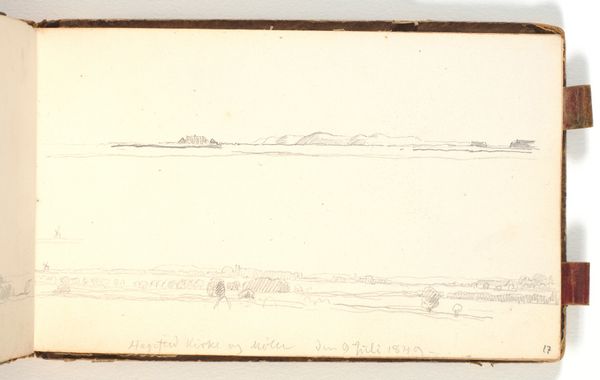
watercolor
#
landscape
#
watercolor
#
coloured pencil
#
watercolor
#
realism
Copyright: Rijks Museum: Open Domain
Editor: Here we have Willem Troost’s “Landscape with Horse Cart,” likely made sometime between 1822 and 1893, using watercolor. It feels like a quick sketch, capturing a fleeting moment in the countryside. What stands out to you? Curator: Well, first, I am drawn to the directness of the medium itself. Watercolour allowed for a portability and speed crucial to depicting an agricultural scene undoubtedly shaped by labor. Editor: Labor? I was just thinking about the serenity of it all! Curator: But where does that serenity come from? Consider the horse and cart. What kind of work are they doing, what materials are they carrying, and for whom? The “serene” landscape, as you call it, is one produced by agricultural labor which the drawing itself obscures. We only get a glimpse of the workers on this land. How does the choice of watercolour contribute to masking any social or economic commentary? Editor: That’s a perspective I hadn’t considered. So, the quick, almost ephemeral nature of watercolor, usually associated with leisure, actually contrasts with the very real labor happening within the scene? Curator: Exactly. Look at how the minimal washes create depth with very few marks. This aesthetic choice arguably romanticizes the labor required to produce the landscape. Consider, too, the intended audience – those with the leisure to appreciate a scene like this, perhaps? Editor: So, the materials and method of creation play a significant role in shaping how we understand the subject, pointing to broader social issues! Thank you for opening my eyes! Curator: Of course! Examining the art this way really exposes how the materials contribute to a larger cultural understanding.
Comments
No comments
Be the first to comment and join the conversation on the ultimate creative platform.
